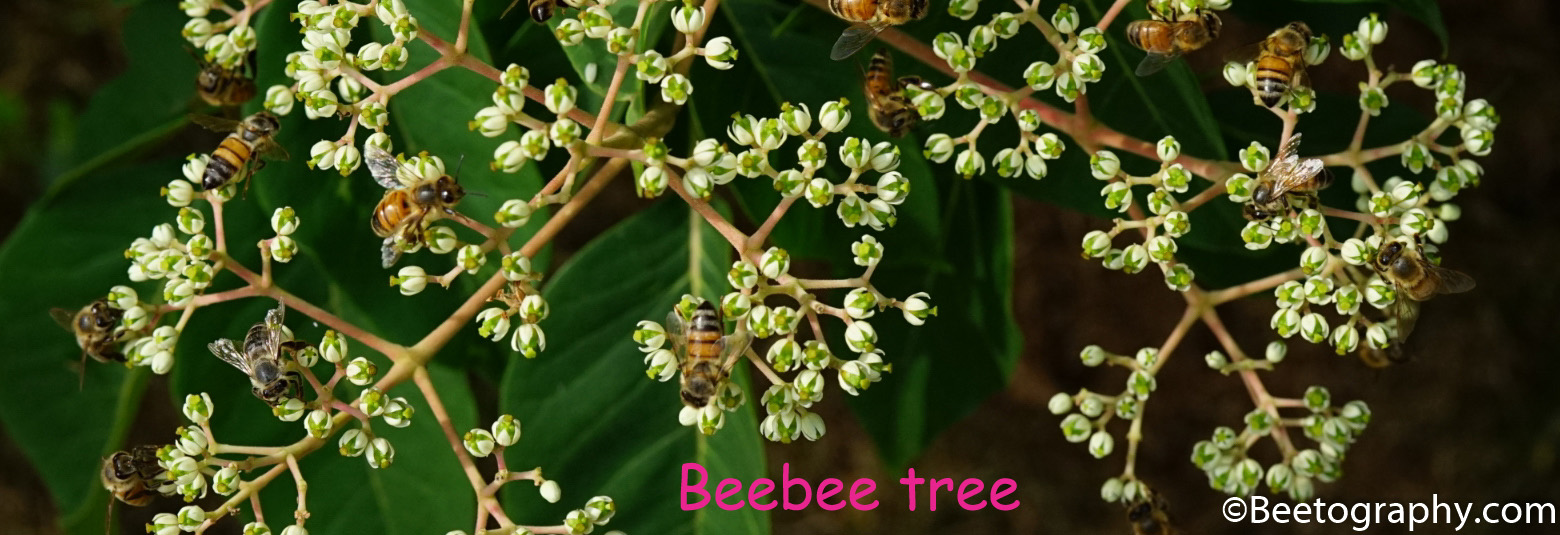Cytolytic nanoparticles attenuate HIV-1 infectivity.
Source
Consortium for Translational Research in Advanced Imaging and Nanomedicine (C-TRAIN), Department of Medicine, Division of Cardiology, Washington University School of Medicine, St Louis, MO, USA. jhood@dom.wustl.edu.
Abstract
BACKGROUND:
We investigated whether cytolytic melittin peptides could inhibit HIV-1 infectivity when carried in a nanoparticle construct that might be used as a topical vaginal virucide. Free melittin and melittin-loaded nanoparticles were prepared and compared for cytotoxicity and their ability to inhibit infectivity by CXCR4 and CCR5 tropic HIV-1 strains.
METHODS:
TZM-bl reporter cells expressing luciferase under the control of the HIV-1 promoter were incubated with HIV-1 NLHX (CXCR4) or HIV-1 NLYU2 (CCR5) viral strains and different doses of soluble CD4 (positive control) or free melittin to determine infectivity and viability. Melittin-loaded nanoparticles were formulated and different doses tested against VK2 vaginal epithelial cells to determine cell viability. Based on VK2 viability, melittin nanoparticles were tested for prevention of CXCR4 and CCR5 tropic HIV-1 infectivity and viability of TZM-bl reporter cells. Low-speed centrifugation was used to compare the ability of blank non-melittin nanoparticles and melittin nanoparticles to capture CCR5 tropic HIV-1.
RESULTS:
As expected, the soluble CD4 positive control inhibited CXCR4 (50% inhibitory concentration [IC(50)] 3.7 μg/ml) and CCR5 (IC(50) 0.03 μg/ml) tropic HIV-1 infectivity. Free melittin doses <2 μM were not cytotoxic and were highly effective in reducing HIV-1 infectivity for both CXCR4 and CCR5 strains in TZM-bl reporter cells, while VK2 vaginal cell viability was adversely affected at all free melittin doses tested. However, VK2 cell viability was not affected at any dose of melittin-loaded nanoparticles. Melittin nanoparticles safely and significantly decreased CXCR4 (IC(50) 2.4 μM and IC(90) 6.9 μM) and CCR5 (IC(50) 3.6 μM and IC(90) 11.4 μM) strain infectivity of TZM-bl reporter cells. Furthermore, melittin nanoparticles captured more HIV-1 than blank nanoparticles.
CONCLUSIONS:
These data illustrate the first proof-of-concept for therapeutic and safe nanoparticle-mediated inhibition of HIV-1 infectivity. Future investigations appear warranted to explore the antiviral prophylactic potential of melittin nanoparticles to capture, disrupt and prevent initial infection with HIV-1 or potentially other enveloped viruses.

Amazing experiment. Thanks for your nice posting. I am searching those things really you mention them in your page.
So, now I will bookmark this site. From now I am your regular visitor.